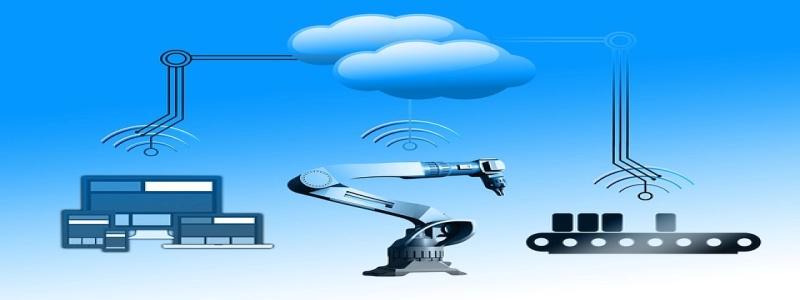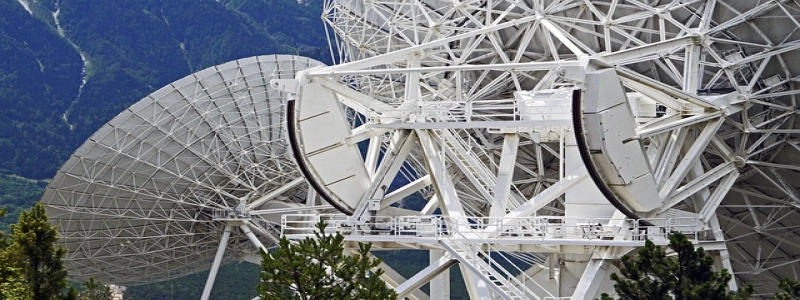800g Optical Transceiver
1. Introduction
1.1 What is an Optical Transceiver?
1.2 Evolution of Optical Transceivers
1.3 Need for 800g Optical Transceivers
2. Understanding 800g Optical Transceivers
2.1 What is an 800g Optical Transceiver?
2.2 Features and Specifications
2.3 Advantages of 800g Optical Transceivers
3. Applications
3.1 Data Centers
3.2 Telecom Networks
3.3 High-Speed Computing
3.4 Internet of Things (IoT) Connectivity
4. Market Trends and Demand
4.1 Growing Demand for High-Speed Connectivity
4.2 Increasing Data Traffic
4.3 800g Optical Transceiver Market Outlook
5. Challenges and Future Prospects
5.1 Power Consumption and Heat Dissipation
5.2 Integration and Compatibility
5.3 Innovation and Research
1. Introduction
1.1 What is an Optical Transceiver?
An optical transceiver is a device used in optical communication systems to transmit and receive data over optical fibers. It converts electrical signals into optical signals and vice versa, enabling high-speed data transmission.
1.2 Evolution of Optical Transceivers
Over the years, optical transceivers have evolved from lower data rate options to higher data rate options. This evolution is driven by the increasing demand for faster and more reliable connectivity.
1.3 Need for 800g Optical Transceivers
As data traffic continues to grow exponentially, there is a need for even faster transmission speeds. This demand has led to the development of 800g optical transceivers, capable of providing ultra-high-speed connectivity.
2. Understanding 800g Optical Transceivers
2.1 What is an 800g Optical Transceiver?
An 800g optical transceiver is a next-generation optical module capable of transmitting and receiving data at a rate of 800 gigabits per second (800Gbps). It offers significantly faster speeds compared to previous generations of optical transceivers.
2.2 Features and Specifications
– Advanced modulation techniques for higher data rates
– Multichannel transmission for increased bandwidth
– Ultra-low latency for real-time applications
– Enhanced signal integrity for reliable data transmission
2.3 Advantages of 800g Optical Transceivers
– Faster data transmission speeds for reduced latency
– Higher bandwidth capacity for handling increased data traffic
– Improved signal integrity for reliable and error-free communication
– Future-proof solution for evolving connectivity needs
3. Applications
3.1 Data Centers
800g optical transceivers are ideal for data centers that require high-speed and high-capacity connectivity. They enable faster data transfer between servers, storage systems, and network switches, improving overall performance and reducing latency.
3.2 Telecom Networks
Telecom networks rely on optical transceivers for long-distance and high-speed communication. The 800g optical transceivers allow telecom operators to handle the growing demand for bandwidth-intensive applications and ensure seamless connectivity.
3.3 High-Speed Computing
For high-performance computing applications, such as supercomputers and data analysis systems, 800g optical transceivers offer the necessary speed and bandwidth to process and transfer large volumes of data quickly and efficiently.
3.4 Internet of Things (IoT) Connectivity
As the IoT ecosystem continues to expand, there is a need for high-speed connectivity to enable real-time data processing and communication between IoT devices. 800g optical transceivers play a crucial role in providing the required bandwidth and low latency for IoT applications.
4. Market Trends and Demand
4.1 Growing Demand for High-Speed Connectivity
The increasing reliance on cloud computing, video streaming, and other data-intensive applications has driven the demand for high-speed connectivity. 800g optical transceivers cater to this demand by offering faster transmission speeds.
4.2 Increasing Data Traffic
The proliferation of connected devices, the rise of artificial intelligence, and the growing popularity of multimedia content have resulted in exponential data traffic growth. 800g optical transceivers address the need for handling substantial amounts of data efficiently.
4.3 800g Optical Transceiver Market Outlook
The 800g optical transceiver market is expected to witness significant growth in the coming years. With the expanding adoption of emerging technologies and the need for faster connectivity, the demand for 800g optical transceivers will continue to rise.
5. Challenges and Future Prospects
5.1 Power Consumption and Heat Dissipation
Higher data rates and increased transmission speeds pose challenges in terms of power consumption and heat dissipation. Future advancements and innovative designs are required to address these challenges effectively.
5.2 Integration and Compatibility
As networks evolve, it is crucial to ensure compatibility and integration of 800g optical transceivers with existing infrastructure. Standardization efforts and interoperability testing will play a vital role in facilitating seamless integration.
5.3 Innovation and Research
Ongoing research and innovation are essential for further improving the performance and capabilities of 800g optical transceivers. R&D efforts will focus on developing more efficient and cost-effective solutions to meet the growing demand for higher data rates.
In conclusion, 800g optical transceivers offer an exciting advancement in the field of optical communication. With their high-speed capabilities, superior performance, and future-proof design, they are set to revolutionize data transmission in various applications, from data centers to telecom networks and beyond.








